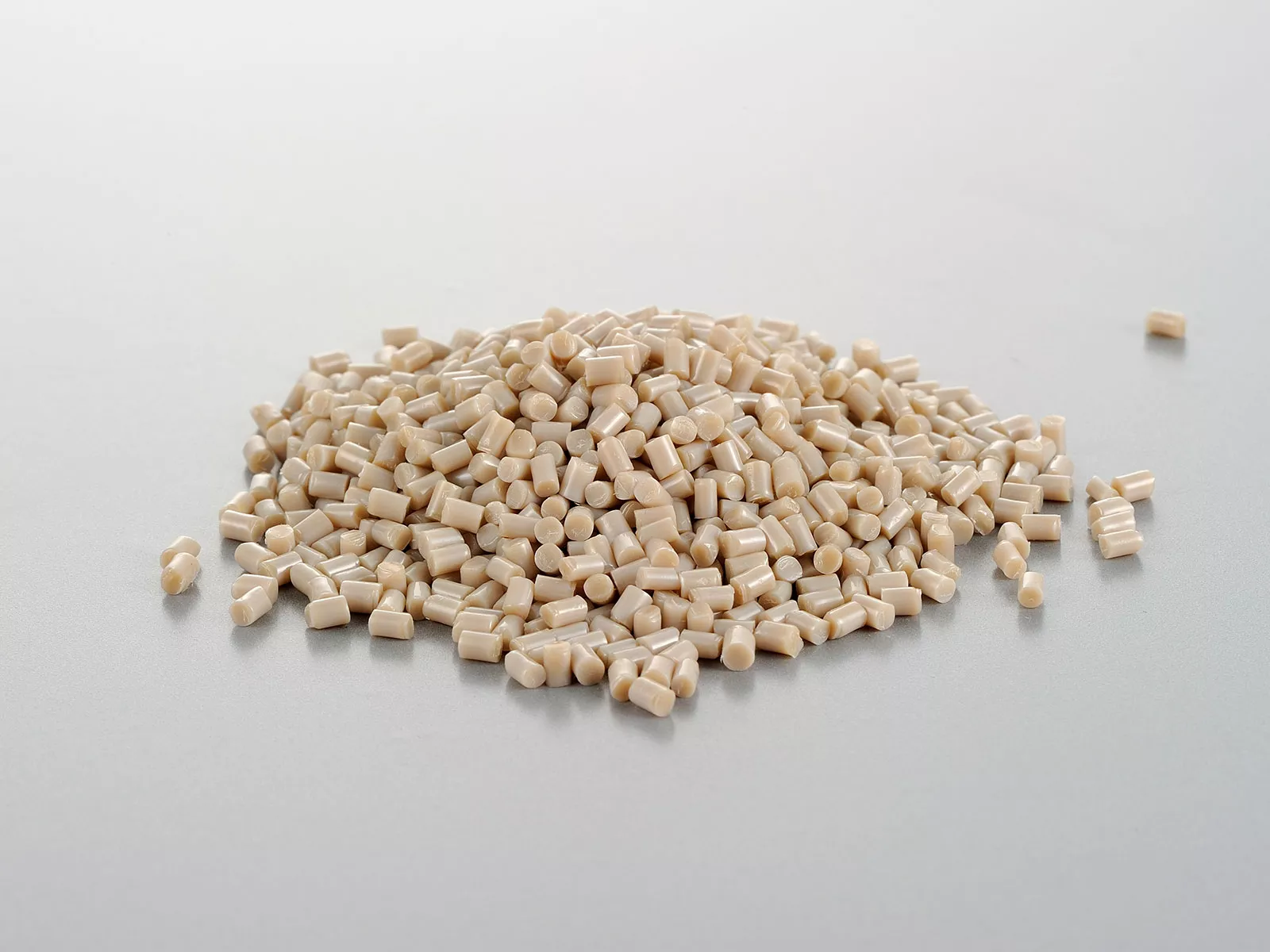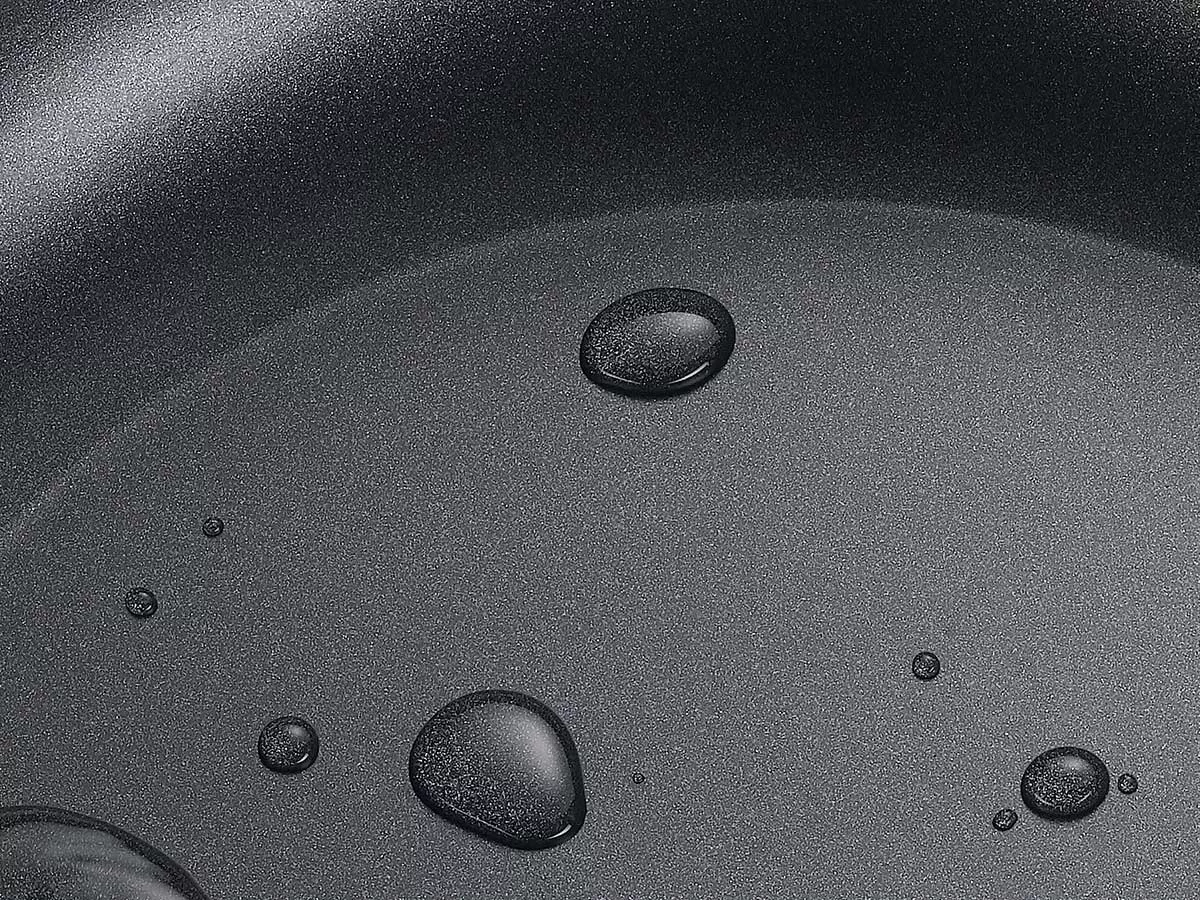1. Teflon
Teflon is a well-known brand name for Polytetrafluoroethylene (PTFE), a special coating that makes cookware non-stick. This means that food doesn't stick to the surface, making cooking and cleaning much easier. Here are some key points about Teflon:
- Accidental Discovery: Teflon was discovered by accident in 1938 by Dr. Roy Plunkett while he was trying to create a refrigerant.
- Heat Resistance: Teflon can handle extreme temperatures, from -454°F to 600°F, making it suitable for various cooking methods.
- Durability: Teflon is resistant to scratches and does not rust, which means it can last a long time if cared for properly.
| Property | Description |
|---|---|
| Non-Stick | Prevents food from sticking |
| Heat Resistance | Withstands high temperatures |
| Durability | Long-lasting and scratch-resistant |
Teflon cookware has changed the way we cook, allowing for healthier meals with less oil.
In summary, Teflon is a revolutionary coating that has made cooking easier and healthier for many people. However, it’s important to use it correctly to avoid damaging the coating and ensure safety while cooking.
2. PTFE
Polytetrafluoroethylene, commonly known as PTFE, is a synthetic polymer that is widely recognized for its non-stick properties. It is most famously branded as Teflon, which is used in many non-stick cookware products. Here are some key points about PTFE:
- Durability: PTFE is known for its high resistance to heat and chemicals, making it suitable for various applications beyond cookware, such as in aerospace and electronics.
- Non-Stick Quality: The non-stick feature of PTFE allows for easy cooking and cleaning, reducing the need for excessive oils or fats.
- Temperature Limitations: It is important to use PTFE cookware at temperatures below 260°C (500°F) to prevent degradation and potential health risks.
| Property | Description |
|---|---|
| Heat Resistance | Up to 260°C (500°F) |
| Chemical Resistance | Excellent against most chemicals |
| Non-Stick Capability | Reduces food sticking |
PTFE is a versatile material that not only enhances cooking but also finds applications in various industries due to its unique properties.
In summary, PTFE is a crucial component in non-stick cookware, providing benefits that make cooking easier and healthier. However, it is essential to be aware of its limitations to ensure safe usage.
3. Sol-Gel
Sol-gel is a modern method used to create non-stick coatings. This process combines organic and inorganic materials to form a strong, durable layer on cookware. Here are some key points about sol-gel coatings:
- Durability: Sol-gel coatings are known for their long-lasting properties, making them a popular choice in cookware.
- Temperature Resistance: These coatings can withstand high temperatures, often up to 500°F, which is essential for cooking.
- Safety: Unlike some traditional coatings, sol-gel does not contain harmful chemicals, making it a safer option for cooking.
Comparison of Non-Stick Coatings
| Type | Durability | Temperature Resistance | Safety Level |
|---|---|---|---|
| PTFE | Moderate | Up to 400°F | Moderate |
| Sol-Gel | High | Up to 500°F | High |
Sol-gel coatings are becoming increasingly popular due to their safety and effectiveness in various cooking applications.
In summary, sol-gel technology represents an exciting advancement in non-stick coatings, offering a blend of safety, durability, and high-temperature performance. This makes it a great choice for both home cooks and professional chefs alike.
4. Non-Stick Cookware
Non-stick cookware has become a staple in many kitchens due to its convenience and ease of use. These pans are designed to prevent food from sticking, making cooking and cleaning much simpler. Here are some key points to consider:
- Oil Usage: While you can cook without oil, a small amount can help with stickier foods like fish. Many people enjoy the flavor that a bit of oil adds to their meals.
- Cleaning Tips: Use soft sponges or cloths to clean non-stick surfaces. Avoid steel wool, as it can scratch the coating. For tough stains, soaking in warm water can help loosen food particles.
- Cooking Temperatures: It's best to use medium to low heat. High temperatures can damage the non-stick coating, reducing its lifespan.
| Feature | Description |
|---|---|
| Durability | Non-stick coatings can wear out over time. |
| Safety | Modern non-stick cookware is often PFOS/PFOA-free. |
| Versatility | Suitable for various cooking methods, but best at low heat. |
Non-stick cookware offers a great way to cook with less oil, but it’s important to handle it with care to maintain its quality and safety.
5. Cooking Utensils
When using water-based oil non-stick coatings, the right cooking utensils can make a big difference. Here are some important points to consider:
1. Material Matters
- Silicone: Great for non-stick surfaces. It won’t scratch your cookware. Look for utensils with a 100% BPA-free silicone head to ensure safety and durability.
- Wood: Wooden utensils are gentle on non-stick coatings and won’t cause damage.
- Metal: You can use metal utensils like spatulas and spoons, but be careful! Avoid using small metal tools that can get between the lattices, such as knives or forks.
2. Recommended Utensils
Here’s a quick list of utensils that work well with non-stick cookware:
- Silicone spatula
- Wooden spoon
- Nylon tongs
3. Care Tips
- Always wash your utensils by hand to prolong their life.
- Avoid using abrasive cleaners that can scratch the surface.
- Store utensils properly to prevent them from getting damaged.
Using the right utensils can help maintain the quality of your non-stick cookware and ensure a better cooking experience!
Final Thoughts on Water-Based Oil Non-Stick Coating
In conclusion, water-based oil non-stick coatings offer a modern and safer alternative for cooking. They allow for healthier meals by reducing the need for excess oil, making cooking and cleaning easier. While they have their benefits, it's important to use them correctly to ensure they last longer. Always remember to choose the right utensils and avoid high heat to keep your cookware in good shape. By understanding these facts, you can make informed choices that enhance your cooking experience.









